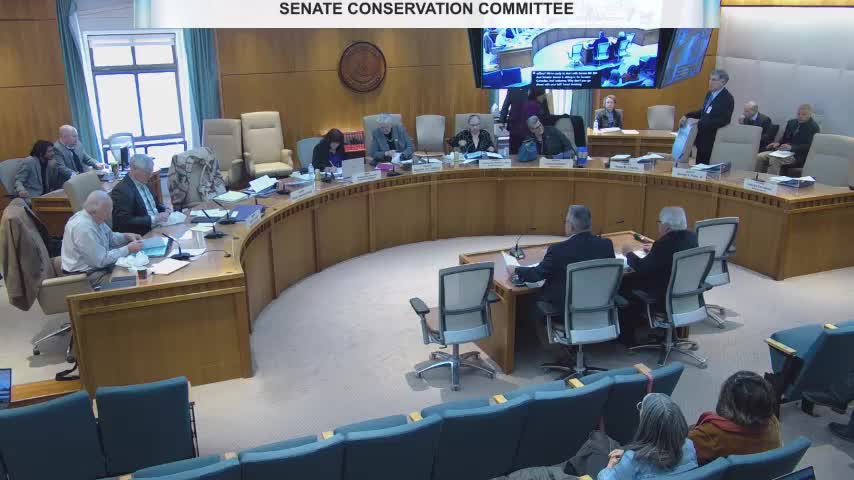Senate Bill 384 Allocates $100K For Rio Hondo Watershed Development In Taos County
February 22, 2025 | Conservation, Senate, Committees, Legislative, New Mexico
This article was created by AI summarizing key points discussed. AI makes mistakes, so for full details and context, please refer to the video of the full meeting. Please report any errors so we can fix them. Report an error »

A proposed Senate bill aimed at enhancing water management in Northern New Mexico has garnered significant attention during a recent government meeting. Senate Bill 384 seeks to allocate $100,000 to New Mexico State University, which will work through the New Mexico Department of Agriculture to develop the Rio Hondo Watershed in Taos County.
The initiative is designed to create a watershed district that transcends traditional jurisdiction boundaries, allowing local stakeholders to collaboratively address the needs of the watershed and its communities. Approximately 2,000 residents and 284 households in rural areas are expected to benefit from this project, which also aims to support local acequias—traditional irrigation systems vital for agriculture.
Carlos Miera, a commissioner from one of the local acequias, emphasized the importance of maintaining water quality and quantity, especially in light of recent developments in the Ski Valley area. He noted that the community has been proactive in establishing a watershed coalition to monitor and improve water conditions, which are crucial for both livestock and domestic use.
Supporters of the bill, including local farmers and community leaders, voiced their concerns about water scarcity and the need for sustainable management practices. Floyd Archuleta, a past president of a neighborhood association, highlighted the urgency of securing funding for the watershed program, particularly during ongoing drought conditions.
The committee discussed the bill's implications and the necessary steps to form the watershed district, which requires input from local landowners. Amendments were proposed to clarify that the bill specifically pertains to Taos County, ensuring that the focus remains on the local community's needs.
As the bill moves forward, it represents a significant step towards sustainable water management in Northern New Mexico, with the potential to serve as a model for similar initiatives across the state. The anticipated outcomes include improved water quality, enhanced agricultural practices, and a strengthened community response to environmental challenges.
The initiative is designed to create a watershed district that transcends traditional jurisdiction boundaries, allowing local stakeholders to collaboratively address the needs of the watershed and its communities. Approximately 2,000 residents and 284 households in rural areas are expected to benefit from this project, which also aims to support local acequias—traditional irrigation systems vital for agriculture.
Carlos Miera, a commissioner from one of the local acequias, emphasized the importance of maintaining water quality and quantity, especially in light of recent developments in the Ski Valley area. He noted that the community has been proactive in establishing a watershed coalition to monitor and improve water conditions, which are crucial for both livestock and domestic use.
Supporters of the bill, including local farmers and community leaders, voiced their concerns about water scarcity and the need for sustainable management practices. Floyd Archuleta, a past president of a neighborhood association, highlighted the urgency of securing funding for the watershed program, particularly during ongoing drought conditions.
The committee discussed the bill's implications and the necessary steps to form the watershed district, which requires input from local landowners. Amendments were proposed to clarify that the bill specifically pertains to Taos County, ensuring that the focus remains on the local community's needs.
As the bill moves forward, it represents a significant step towards sustainable water management in Northern New Mexico, with the potential to serve as a model for similar initiatives across the state. The anticipated outcomes include improved water quality, enhanced agricultural practices, and a strengthened community response to environmental challenges.
View full meeting
This article is based on a recent meeting—watch the full video and explore the complete transcript for deeper insights into the discussion.
View full meeting
